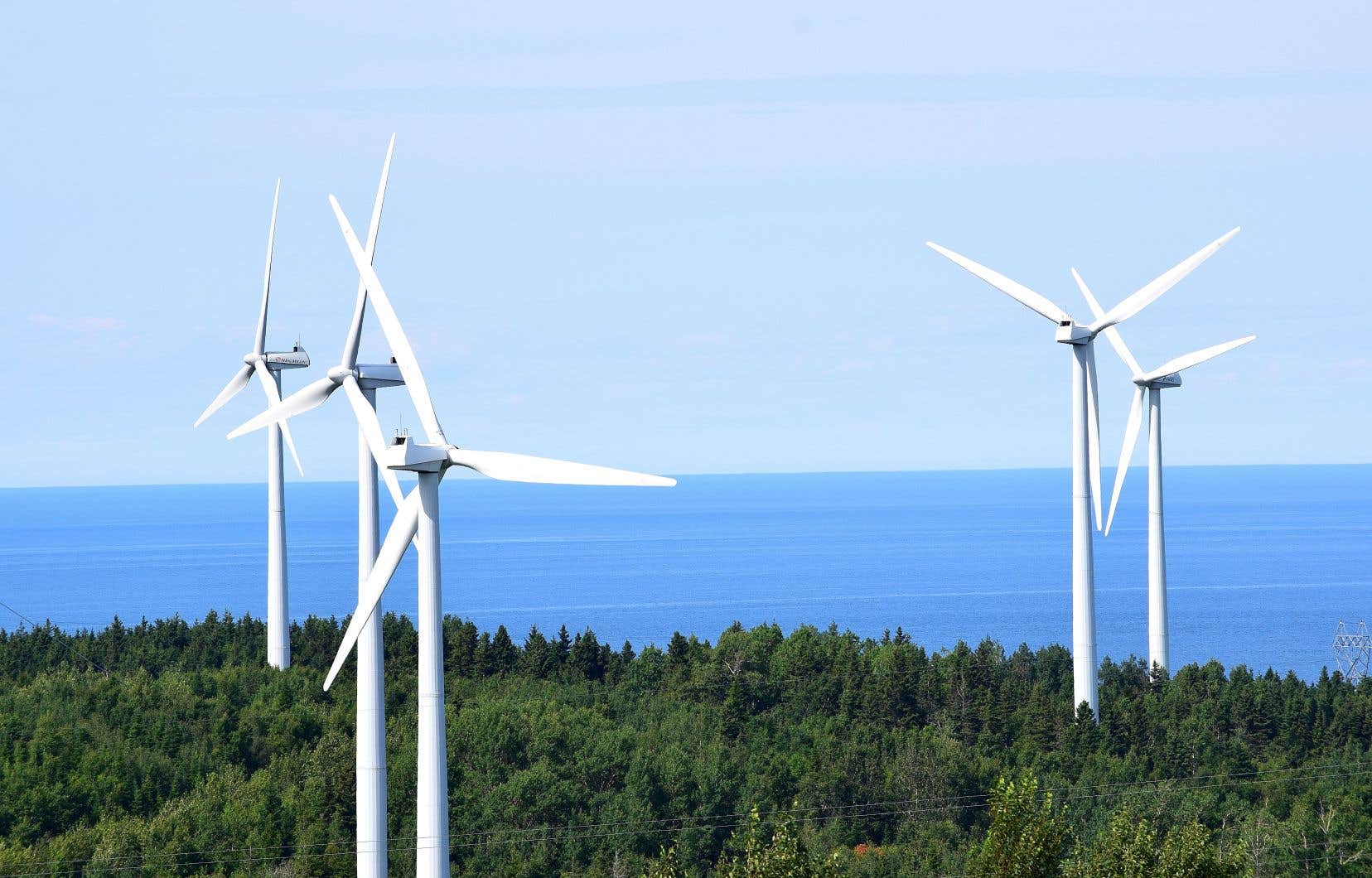The Legault government confirmed Thursday its intention to launch a new call for tenders from Hydro-Québec for a block of 1,500 megawatts (MW) of wind energy, the second largest in the history of the province. The projects could be established by 2027 in regions where there are currently no such facilities.
“Wind power is a strategic sector that is already well established in Quebec and which has significant economic spinoffs for local communities. With the call for tenders that we are launching today, we want to go even further,” argued the Minister of Economy, Innovation and Energy, Pierre Fitzgibbon, as part of the a press conference held at the end of the afternoon in Montreal.
More than 40 wind farms, representing nearly 4,000 MW of wind energy, are already in service in Quebec. But the government wants to accelerate the deployment of projects in order to “double the installed power in the short term”, specifies the press release published at the time of the announcement. The objective: “to have enough energy to meet a growing demand for electricity in a context of electrification, energy transition and decarbonization of the economy”.
Target regions
The new block of 1500 MW is part of this desire, said Minister Fitzgibbon. The projects that will be selected by the Crown corporation must also be connected to the network between December 2027 and December 2029.
To obtain projects “implemented more efficiently in the network to reduce costs and delays”, Hydro-Québec has prepared a map of “areas with potential for integration” which specifies where the projects will have to be located for this new call for offers.
This new map shows that wind turbines could be installed in regions that currently have few or no such installations. In particular, we are targeting a “potential” of 400 MW in the Nicolet region, another of 300 MW in the Coteau-du-Lac / Valleyfied region and one of 250 MW in Montérégie. Elsewhere in Quebec, the map identifies a potential of 600 MW for “Chamouchouane”, in Lac-Saint-Jean, another of 200 MW in Montmagny and one of 400 MW in the Rivière-du-Loup sector.
Quebec also sets other economic and social guidelines, including “local community participation in projects of approximately 50%” and “maximization of the Quebec content of the project to approximately 60% of overall expenditures”.
Impact studies
On Wednesday, Hydro-Québec also announced that it had selected seven bids that will inject additional power into its network by December 2026.
These projects — all of which are wind power except one — total 1,303 megawatts (MW) of installed capacity. They had been submitted in the context of tenders launched jointly in December 2021, respectively for 480 MW of renewable energy and for 300 MW of wind energy.
However, most projects have not yet completed the applicable environmental assessment process. In fact, at least five bids selected by the Crown corporation have yet to complete this process provided for by Quebec legislation. Of this number, four projects have not yet submitted an impact study to the Ministry of the Environment.
The impact study must in particular make it possible to analyze the social, but also environmental impacts of the projects, such as their potential consequences on flora and fauna. In the case of wind farms in Quebec, endangered species of birds may be affected, for example. We saw this in particular in the context of the analysis of the impact of the Neiges projects, in Charlevoix, which total 1,200 MW. Hydro-Québec is one of the promoters of these projects
